Night of Ganghwa & Heritage Story (강화 문화재 야행)
8.3 Km 368 2021-09-15
Gwancheong-ri. Ganghwa-gun, Incheon
• 1330 Travel Hotline: +82-2-1330 (Korean, English, Japanese, Chinese) • For more info: +82-32-930-3569
Night of Ganghwa & Heritage Story takes place in the city of Ganghwa. There will be a media facade on cultural heritage sites for online viewers as well as a guided tour on bikes for offline visitors.
Chamseongdan Altar (강화 참성단)
8.3 Km 22386 2020-06-29
Heungwang-ri, Ganghwa-gun, Incheon
+82-32-930-4571
Located on the northside of Manisan Mountain peak, Chamseongdan Altar is where Dangun (founder of Korea) is said to have offered sacrifices to the heavens. The story of Dangun reads that he made sacrifices over 4,000 years ago, making this relic a historical treasure.
Chamseongdan was renovated in 1270 under Goryeo Wonjong’s and after being renovated several more times. To this day it has remained the same way and kept the same appearance. Chamseongdan is a natural stone 5 meters in x_height, circular in shape at the bottom and rectangular at the top. Because it is in the middle of Baekdusan Mountain and Hallasan Mountain, you can see the islands of the West sea and the inland scenery. It is symbolically a very important place. It is said that in the past, the kings of Goguryeo, Baekje, and Silla Kingdoms all offered sacrifices to the heavens here. This form of ceremonial sacrificing continued prevailed until the Joseon Period (1392~1910). Visitors can see from scattered relics how Korea’s ancestors revered and feared the heavens. Even now, on Gaecheonjeol Day, Koreans offer sacrifices to Dangun here, and for national athletic events, a sacred flame for the games is ignited here.
Manisan Mountain is 495m above sea level, which makes it the highest mountain in Ganghwa. The entire area was designated as a National Tour Site in 1977. Climb to the summit and you can see the entire Gyeonggi area. The path leading up to Chamseongdan especially has a wonderful view of the mountain and the sea, and is a favorite of the climbers.
Ganghwa Anglican Church (대한성공회 강화성당)
8.4 Km 33711 2020-04-18
10, Gwancheong-gil 27beon-gil, Ganghwa-gun, Incheon
+82-32-930-4571
Ganghwa Anglican Church was consecrated in 1900 by Charies Jone Corfe, the First Bishop of the Church as the St. Peter and St.Paul’s Church. The church has since undergone several restorations, but the design remains true to the original.
The two-story 4x10 rectangular building is characterized by traditional Korean construction style on the outside while the interior is a Western Basilica style symbolizing the beauty of harmony and Korean tradition. It was first designated as Gyeonggi-do Tangible Cultural Property No. 154 and then became Incheon Tangible Cultural property when Ganghwa was included in Incheon Metropolitan City. In January 2001 it was designated as Historic Site No.424 of Korea.
Goryeogung Palace Site (고려궁지)
8.5 Km 32458 2021-06-01
394, Ganghwa-daero, Ganghwa-gun, Incheon
+82-32-930-7078
Goryeogung Palace Site on Ganghwado Island is the site of the royal palace where the people of the Goryeo dynasty (918-1392) resisted the Mongolian invasion for 39 years. In the 19th year of his reign, King Gojong moved the capital to Ganghwa on account of its natural and strategic advantages. During the Byeongjahoran (Chinese invasion of Korea) in 1637, the palace was lost by force to the Qing dynasty of China. Later, Joseon Dynasty palace building and Ganghwa Yusubu (Ganghwa governor’s office) buildings existed in the Goryeo palace site but were destroyed by the French army during the Byeonginyangyo (French Campaign against Korea). Nowadays, the only structures that remain are the Dongheon main office (built in 1638) and Ibangcheong administration office (built in 1654). The palace and its subsidiary buildings were restored in 1977. It has historical lessons of the spirit of independence and overcoming national crisis.
Goryeosan Mountain (고려산)
8.7 Km 32423 2020-04-27
Gocheon-ri, Ganghwa-gun, Incheon
+82-32-930-3515
Goryeosan Mountain, once referred to as Oryeonsan, is a mountain rich in folklore. Legend has it that in the year 416 (during the reign of King Jangsu of Goguryeo), a Buddhist monk named Cheonchukguk climbed Goryeosan Mountain and found Oryeonji Pond where the five-colored lotus flowers bloomed. The monk picked the lotus flower petals and blew them into the air. He then built a temple where each of the petals had landed, naming the temples according to their corresponding color: Jeokseoksa Temple, formerly Jeokryeonsa Temple (red lotus), Baengnyeonsa Temple (white lotus), Cheongryeonsa Temple (blue lotus), Hwangryeonsa Temple (yellow lotus), and Heungnyeonsa Temple (black lotus).
Around 130 dolmens are distributed along the foot of Goryeosan Mountain. Sirumisan Mountain, on the northern side of Goryeosan Mountain is said to have been the birthplace of General Yeongaesomun of the Goguryeo Kingdom.
Ganghwahyanggyo Confucian School (강화향교)
8.9 Km 22552 2020-06-29
58, Hyanggyo-gil, Ganghwa-gun, Incheon
+82-32-930-4571
First established in Ganghwa-eup during the 5th year of King Injong in the Goryeo dynasty (1127), Ganghwahyanggyo Confucian School was moved to Ganghwa-gun and then restored at the foot of Buksan Mountain (formally Songaksan Mountain) in 1624 by Sim Yeol during the 2nd year of King Injo.
Ganghwahyanggyo Confucian School is regarded as an important cultural and historical site in Ganghwa-eup.
Ganghwasanseong Fortress (강화산성)
9.1 Km 13509 2020-03-16
San 3, Gukhwa-ri, Ganghwa-gun, Incheon
+82-32-930-5464
Ganghwasanseong Fortress was originally earthen mountain walls, built during King Go Jong’s 19th year of reign (1232), after he moved to Ganghwado. It was built to repel attacks from the Mongols. The inner castle was destroyed when the capital was moved to another place, and at the beginning of the Joseon Era (1392-1910) the wall was again rebuilt with mud.
It went through much restoration until finally being rebuilt with stones. Ganghwasanseong Fortress originally had interior and exterior walls, but only the interior wall remains today. It has an approximate circumference of 1.2km. The exterior mud wall was approximately 9km in circumference with 8 gates. The huge exterior wall was built along the side of the east channel of Ganghwa, but no longer exists today. From 1977, the interior wall has been rebuilt many times over, but the east side of this wall has yet to be reconstructed.
There were four main gates in the wall. To the south, Anparu; to the east, Cheomhwaru; to the west, Manghanru; and to the north, Jinsongru. At the west gate, the historic Yeonmudang still remains. This area was where the soldiers used to train, and was also the place where the Korea-Japan Treaty of Peace and Amity (or Treaty of Ganghwa Island) was signed in 1876.
With its aching history
left behind and beautiful scenery, Ganghwasanseong Fortress serves as an ideal place for a brisk walk or refreshing drive.
Line Hotel [Korea Quality] / 라인호텔 [한국관광 품질인증]
9.1 Km 6750 2020-12-10
2337, Gimpo-daero, Tongjin-eup, Gimpo-si, Gyeonggi-do
+82-10-9241-3186
Line Hotel is located about 700m away from the town of Tongjin-eup in Gimpo City. The hotel is a snug 4-story building with an exclusive parking lot and neat facilities. The rooms are composed of Standard Twin Room with 2 single beds; Deluxe Double Room with 1 large double bed; Deluxe Twin Room with 1 double bed and 1 single room; and Standard Double Room with 1 double bed. Every room is equipped with WiFi, flat screen TV, air conditioner and heater, refrigerator and bathroom. The front desk operates 24 hours and luggage room, laundry, fax, copy services are available.
There are many restaurants, cafes and bars in the nearby Tongjin-eup. Gimpo Sculpture Park is 10 minutes away by car and Deokpojin Fortress, Gimpo Marine Park and Daemyung Port are 20 minutes away as good places for a drive and walk on the beach. You can buy fresh seafood at cheap prices in the fishery market of Daemyung Port. You can also visit Ganghwado Island. It takes about 15 minutes by car from Line Hotel to Ganghwa Bridge.
Seonsu Port (Hupohang Port) (후포항 선수포구)
9.2 Km 10449 2021-06-16
Haeannam-ro 2903beon-gil, Ganghwa-gun, Incheon
+82-32-934-7500
Seonsu Port, officially named Hupohang Port, is the largest port on Ganghwado Island, located near Dongmak Beach. Fishing boats anchored here often travel to and from waters near Seongmodo Island, known as a fishery of large-eyed herring. Visitors will find several hoe (sliced raw fish) restaurants along the port, serving hoe prepared with freshly caught seafood.
The seaside destination is close to many nearby attractions including Jeondeungsa Temple, Dongmak Beach, and a scenic drive along the coast of Ganghwado Island. The port is also known for romantic sunsets which are best enjoyed when viewed from between the port and Dongmak Beach.
Oepo-ri Kkotgejip (외포리꽃게집)
9.3 Km 21949 2024-03-20
1206 Jungang-ro, Naega-myeon, Ganghwa-gun, Incheon
Oepo-ri Kkotgejip is a restaurant dedicated to traditional blue crab delicacies, including kkotge tang (spicy blue crab stew), kkotge jjim (steamed blue crab), and ganjang gejang (soy sauce marinated crab). Positioned near Oepo-ri Quay, en route to Seongmodo Island, the restaurant provides a delectable experience of blue crab dishes complemented by a stunning sea view. Visitors can also take pleasure in the scenic Korean coastal landscape, explore the salted seafood market, and observe the fishing boats in the vicinity.
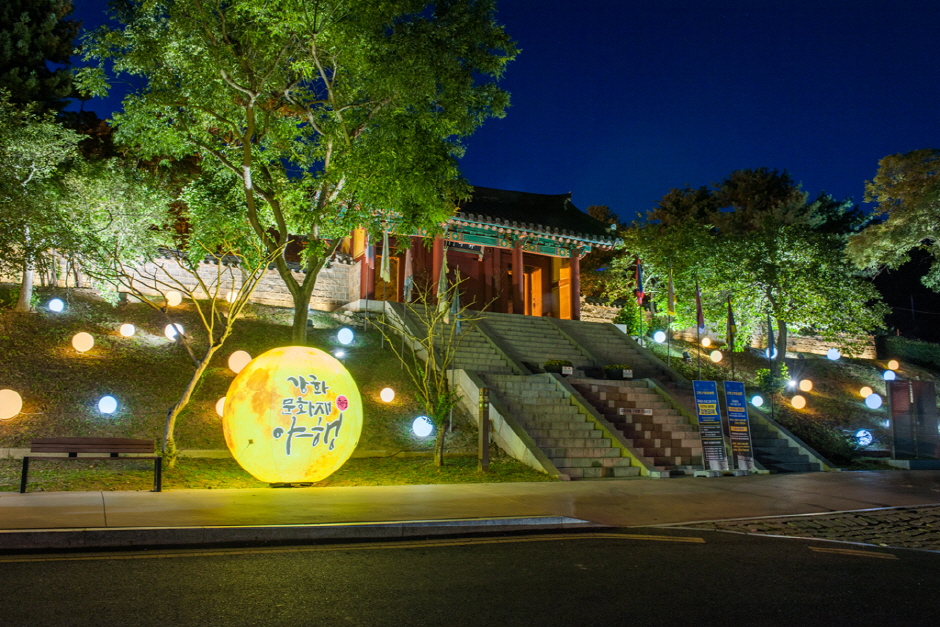
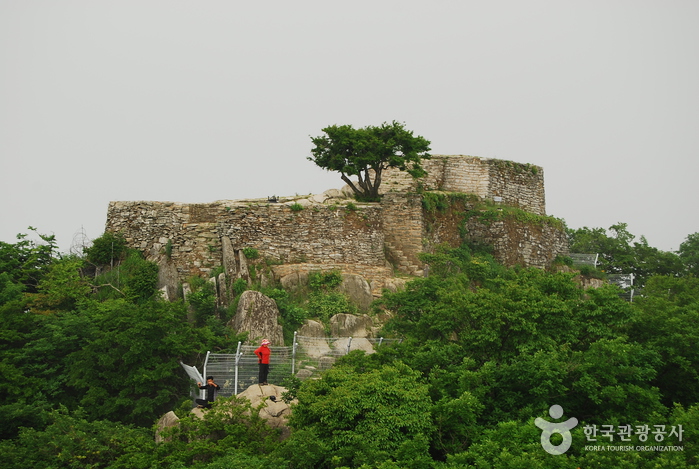
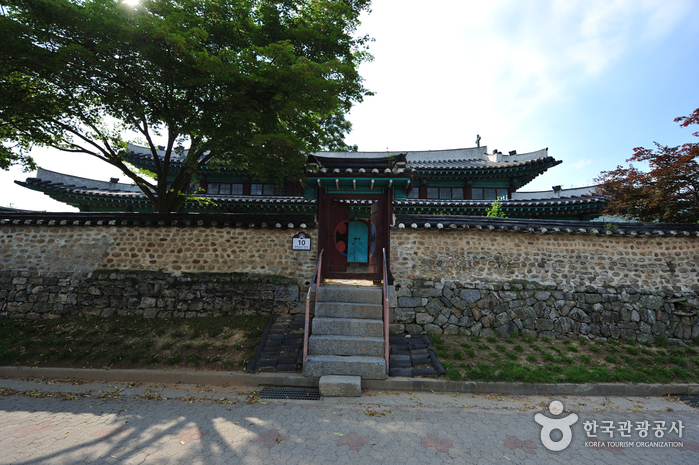
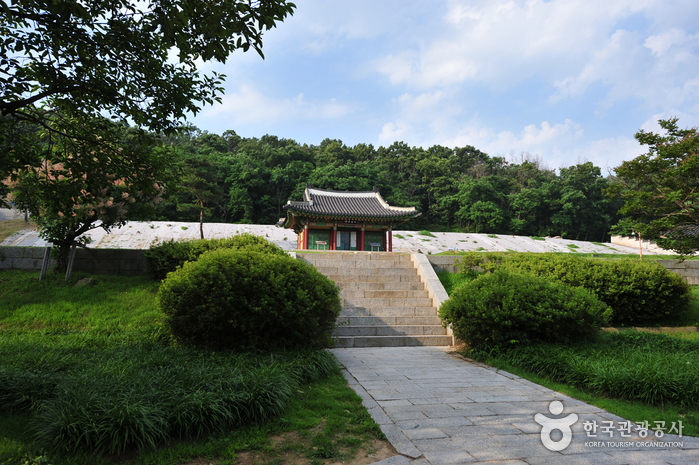

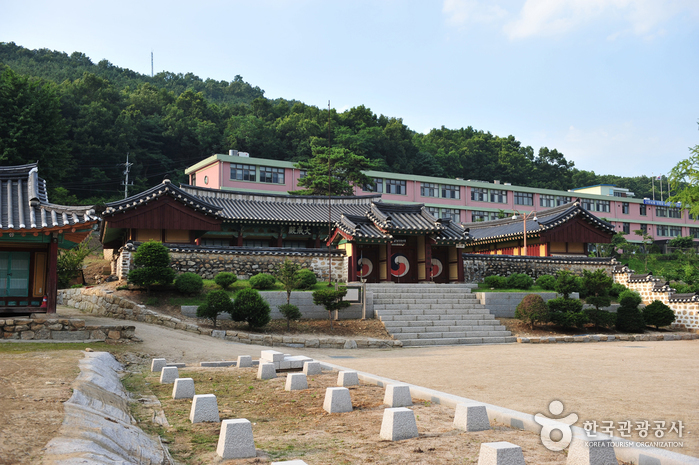
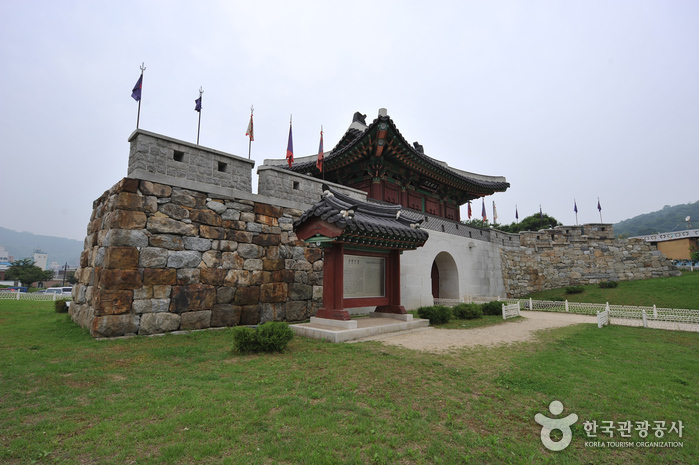

 English
English
 한국어
한국어 日本語
日本語 中文(简体)
中文(简体) Deutsch
Deutsch Français
Français Español
Español Русский
Русский